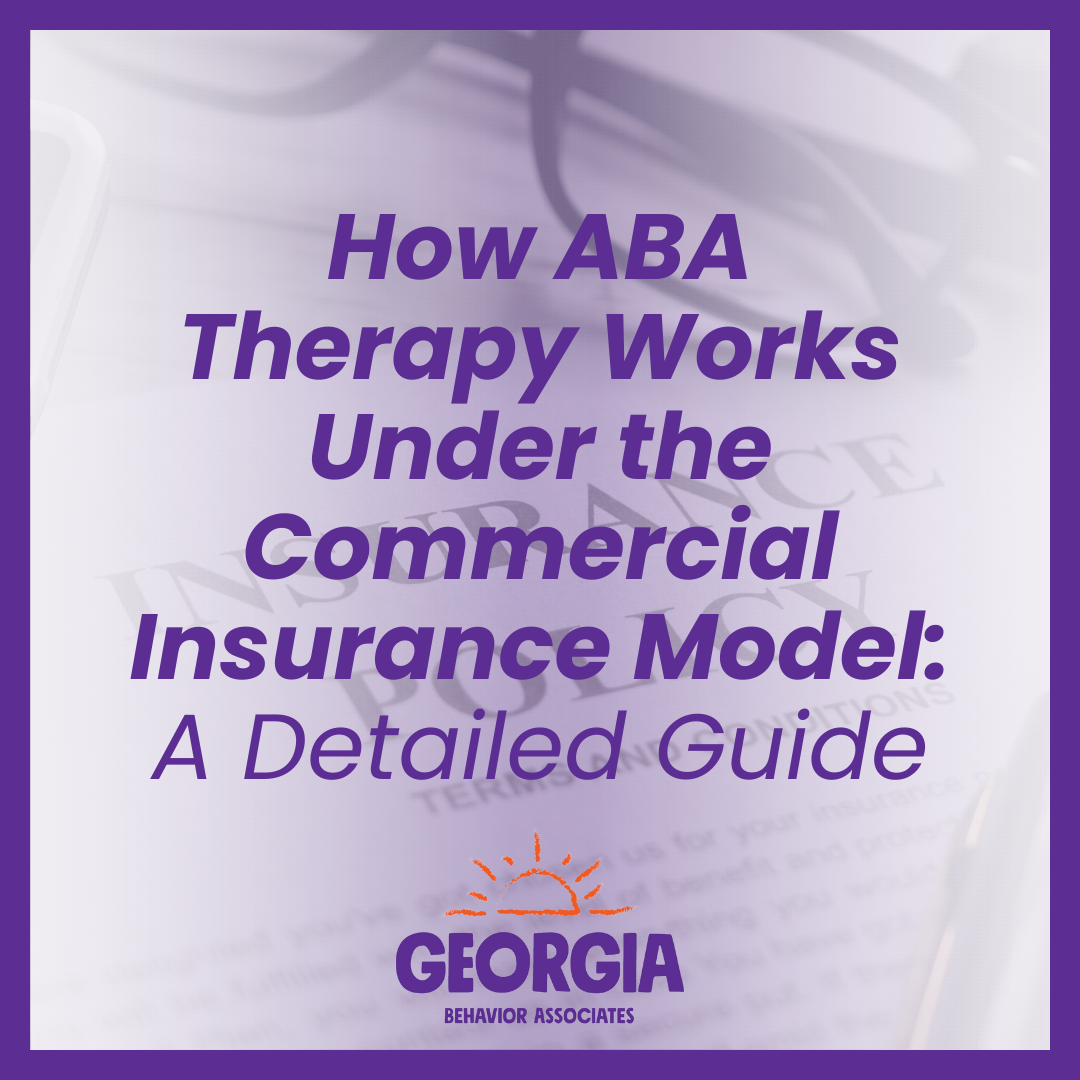- Parent Resources
- GBA Guides
- GBA Social Stories
- BCBA CEUs
- Report an Ethical Concern
- Educational Trainings
- Behavior Technician Toolbox
Parent Resources
How to Encourage Parents to Engage in their Child's ABA Treatment
7 Resources for Newly Autism Parents
ABA 101
How Can I Best Prepare for an ABA Therapist in My Home
A day in the life of a BCBA
Parent's Role in ABA Therapy
ABA: The Basics in a Child's Development
6 Common Misconceptions About ABA Therapy
Fireworks: Navigating the Spectacle with Sensitivity
Providing ABA Therapy to Adolescents
Exploring the World Safely: Practical Tips for Teaching Street and Outdoor Safety
Guide to Social Security Disability Benefits
From Struggles to Strength
A Comprehensive Guide to Riding the School Bus: Tips for a Safe and Fun Journey
Navigating Autism as a Parent: A Friendly Presentation
Navigating Autism as a Foster Parent: A Parent Friendly Presentation
Guide to Accessing the Katie Beckett Medicaid Program for ABA Therapy in Georgia
How ABA Therapy Works Under the Commercial Insurance Model: Detailed Guide
ABA in Schools FAQ
Parent Support Group
© 2025 GBA - SUPPORT. All rights reserved. | Privacy Policy
- Call Us: 470 -361-2000
- Corporate Headquarters: 400 Northridge Rd Suite 140, Sandy Springs, GA 30350
Click here to talk with
a Care Specialist



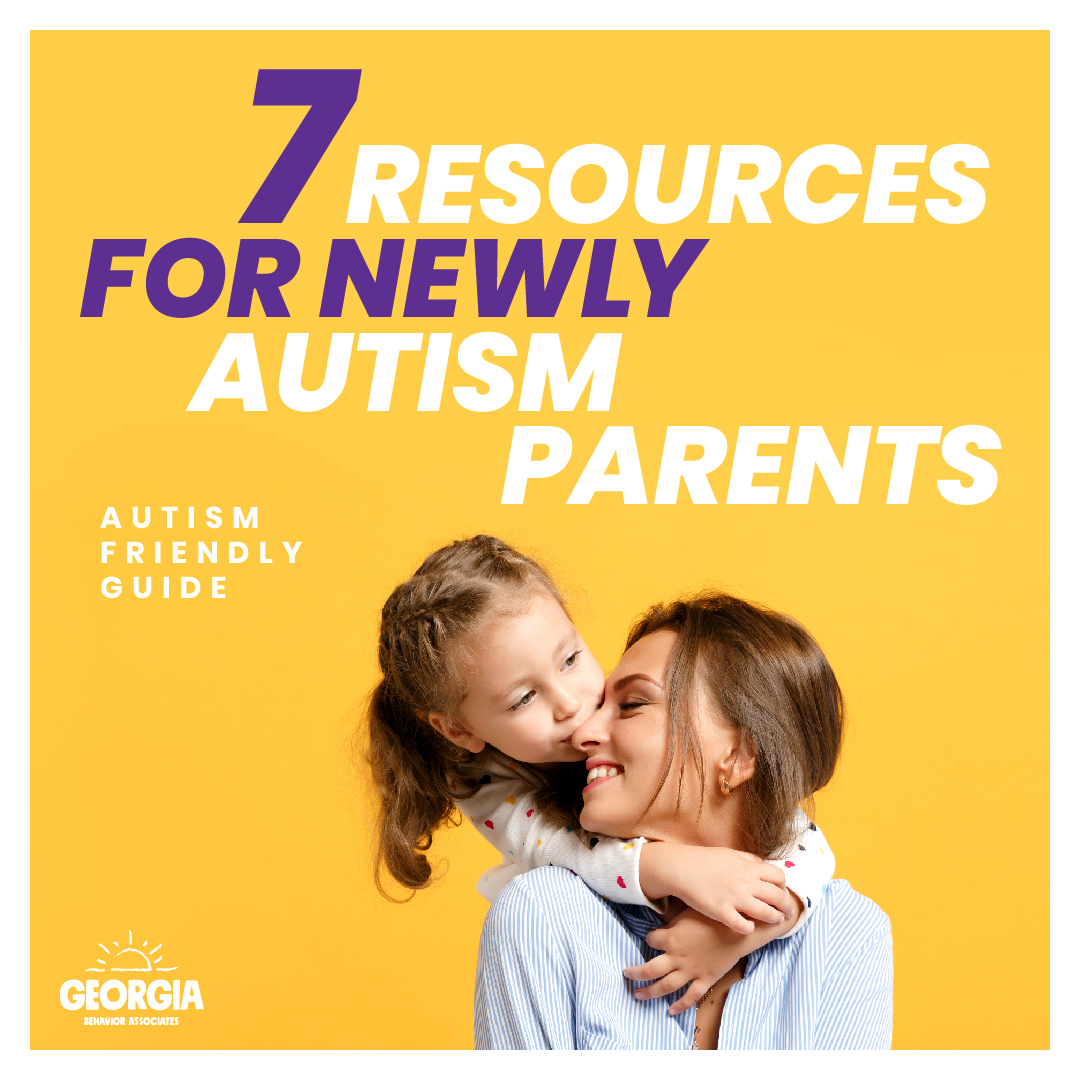
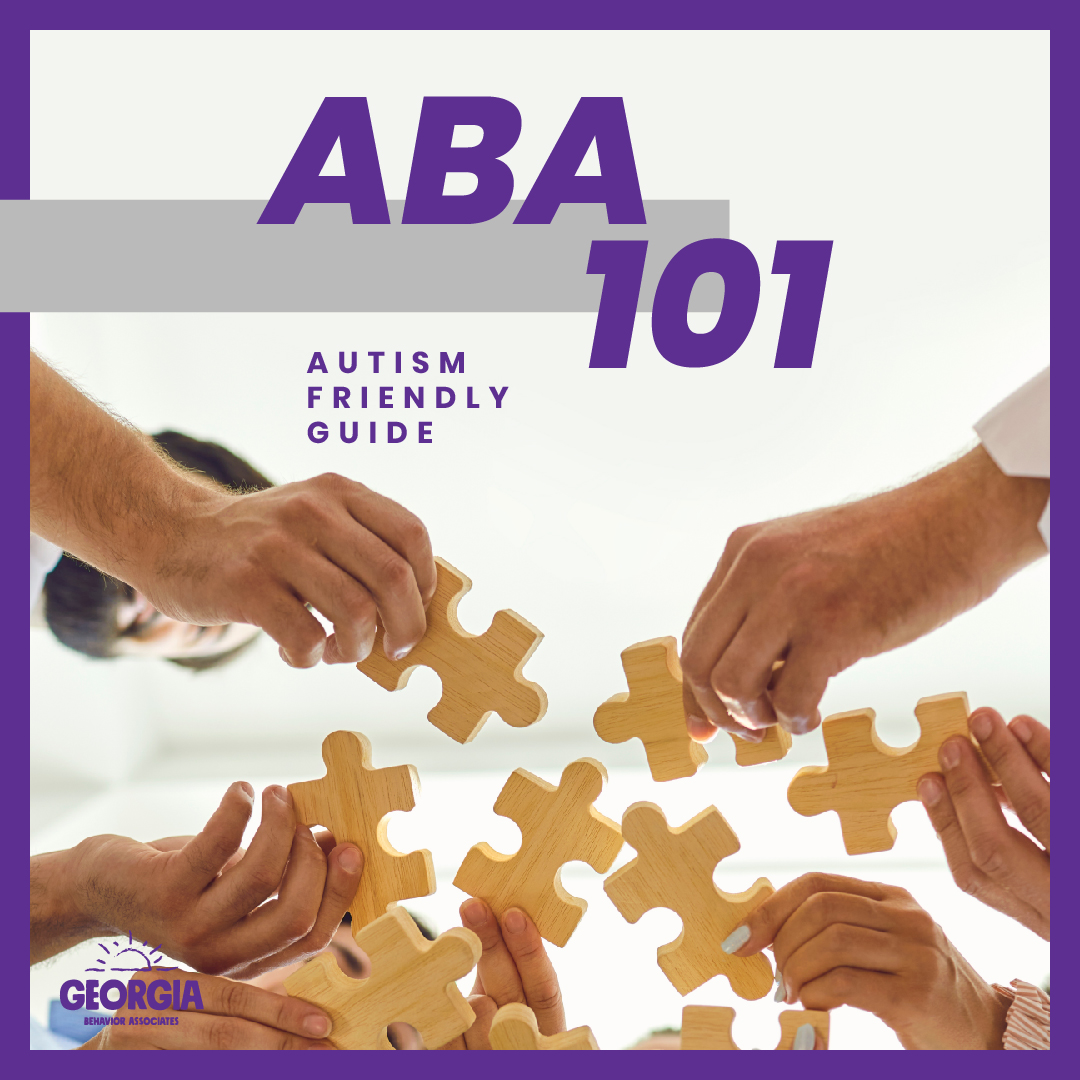
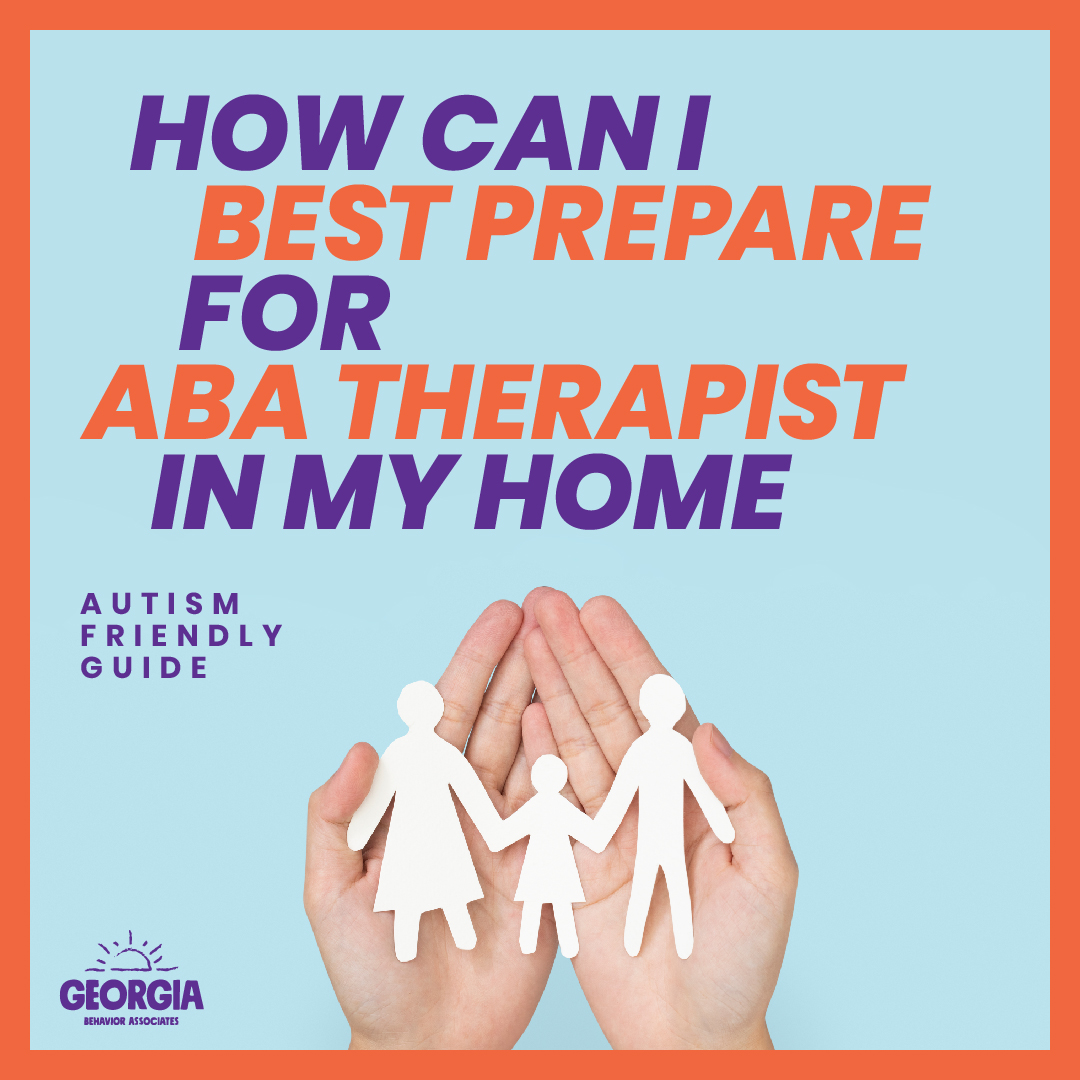
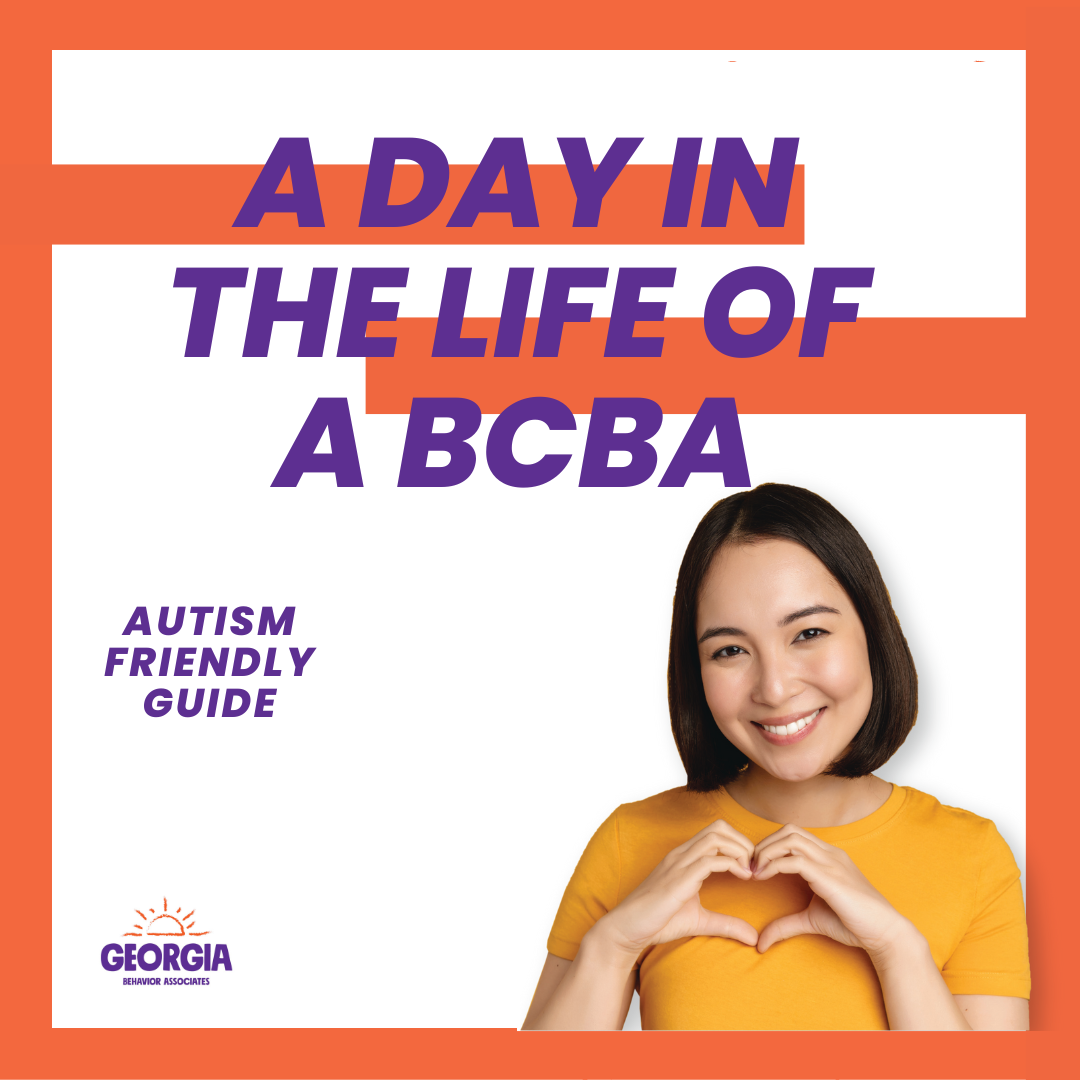
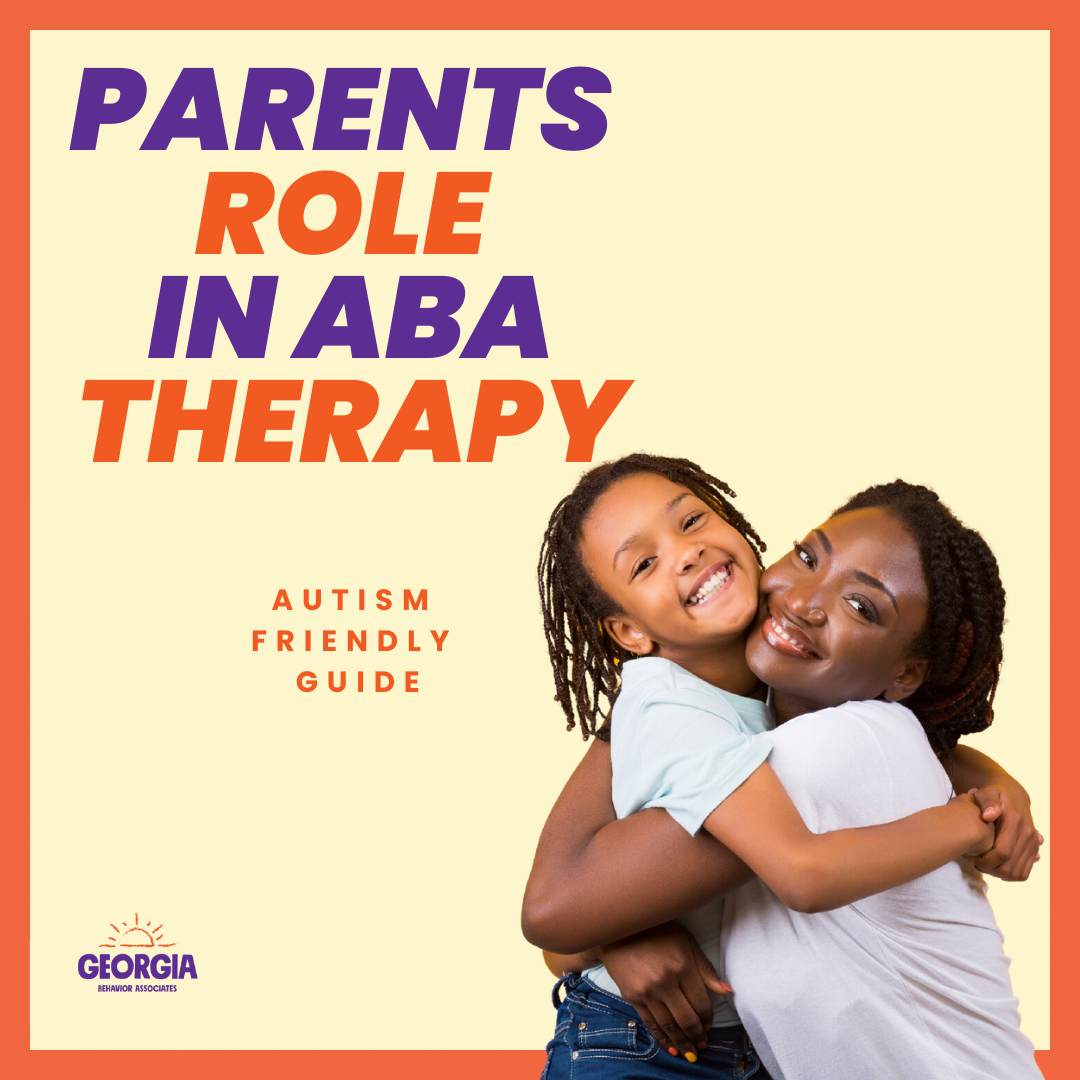
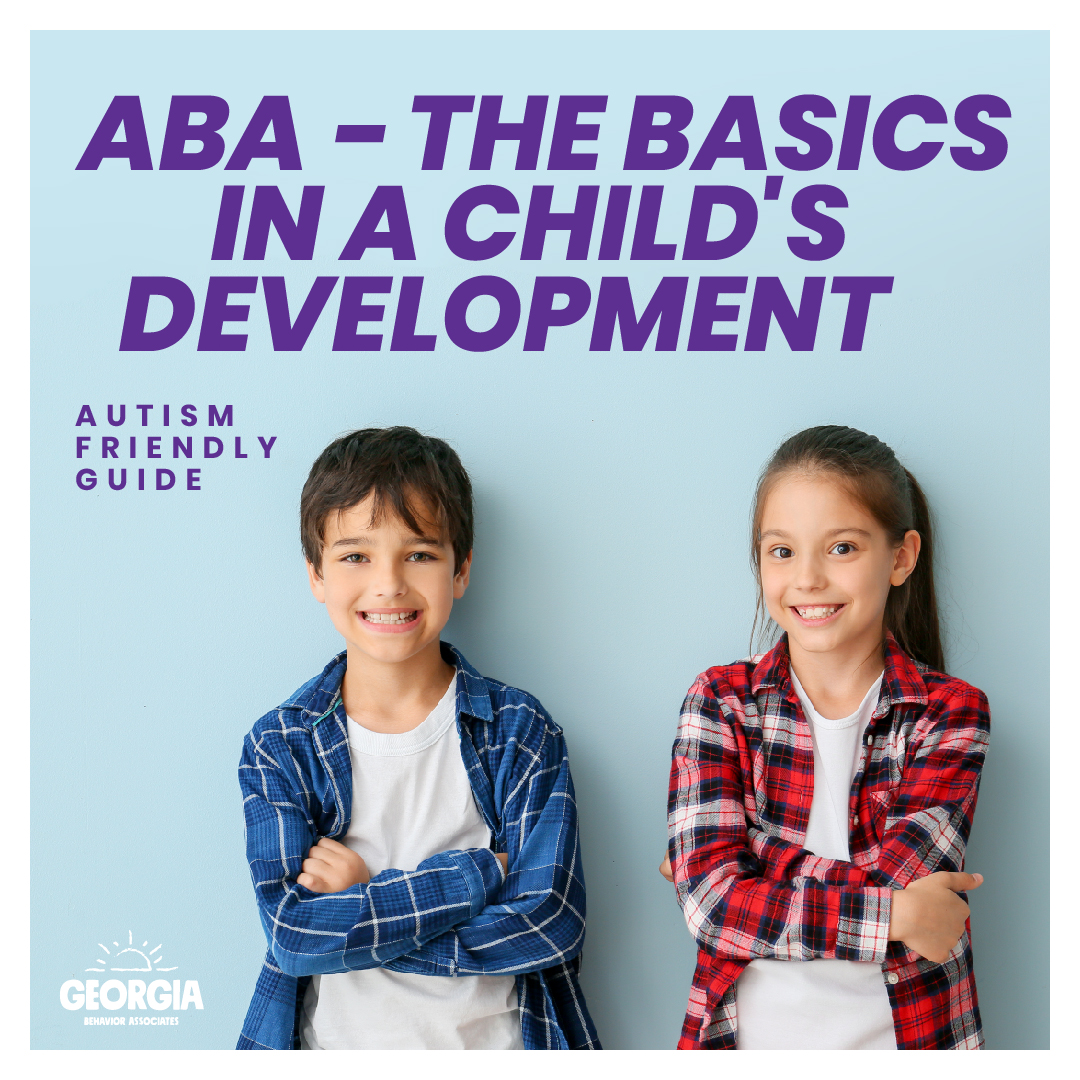
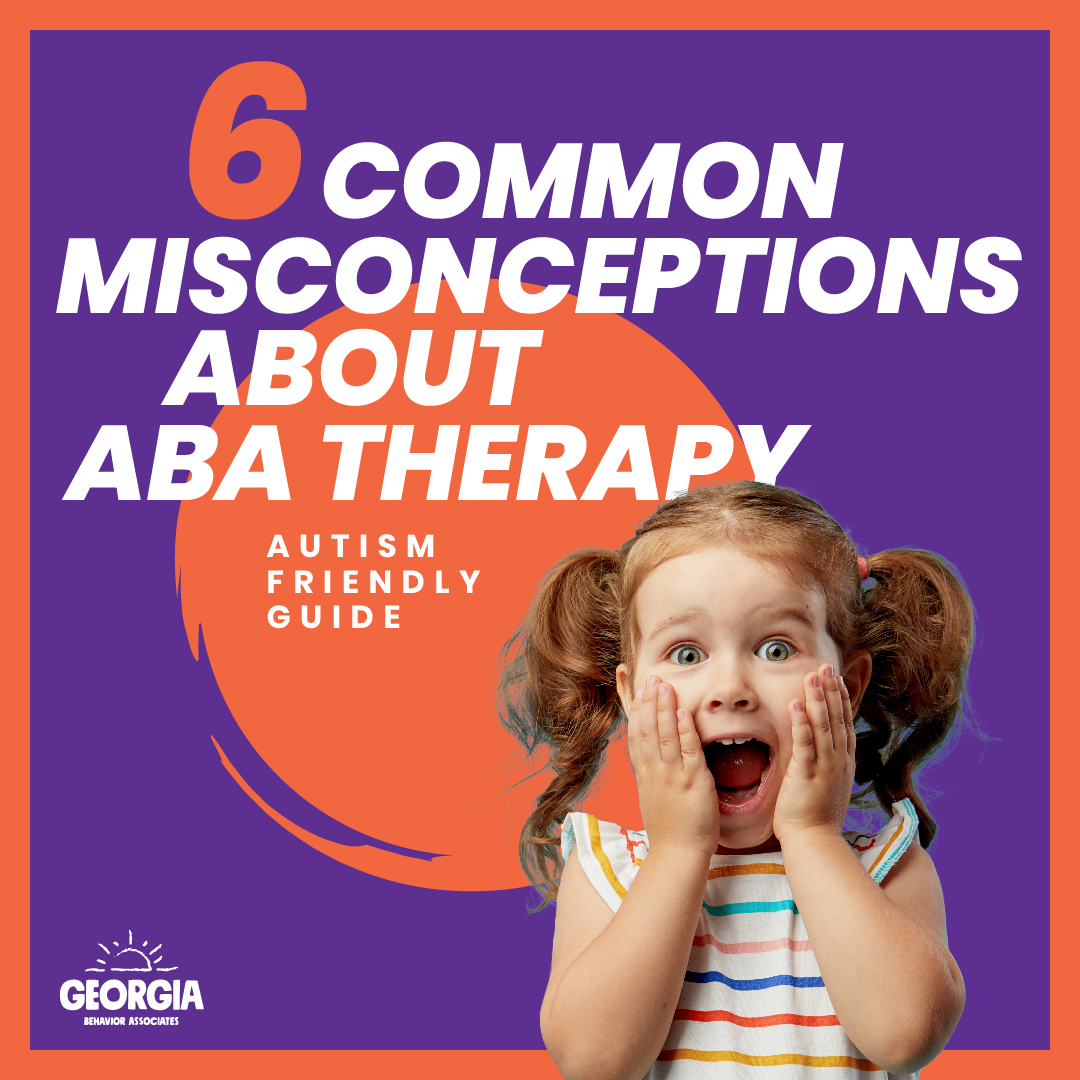






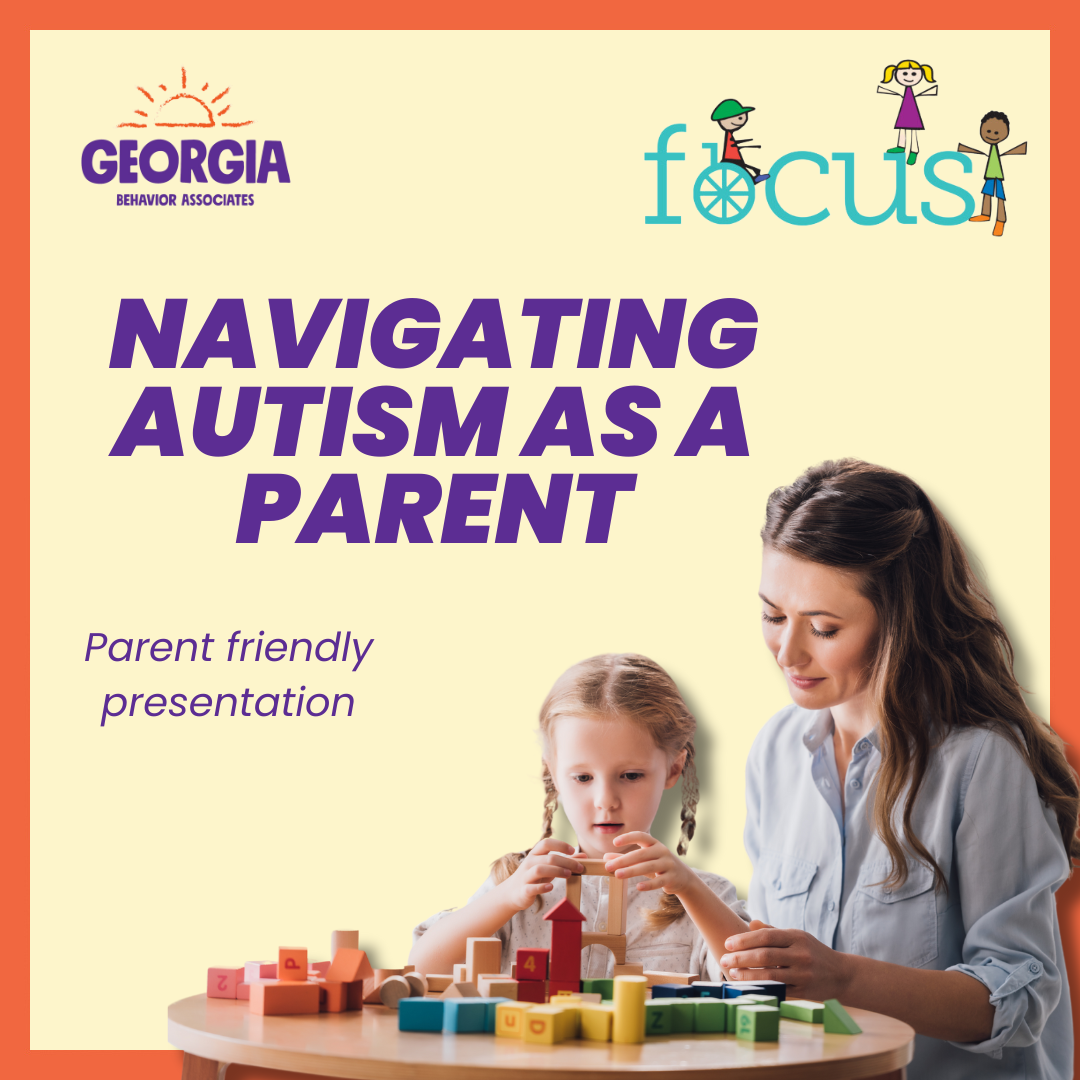
.png)
.png)
